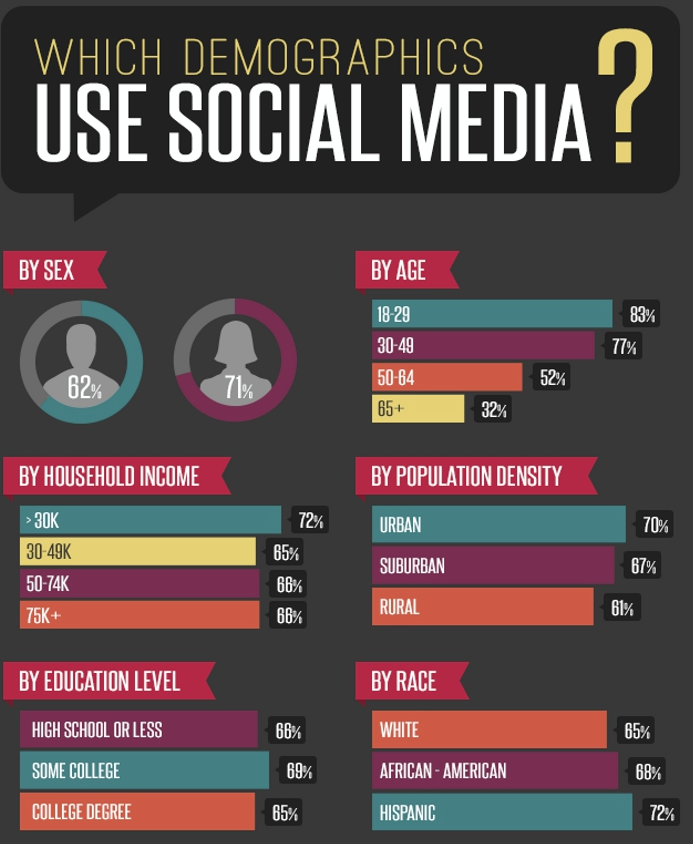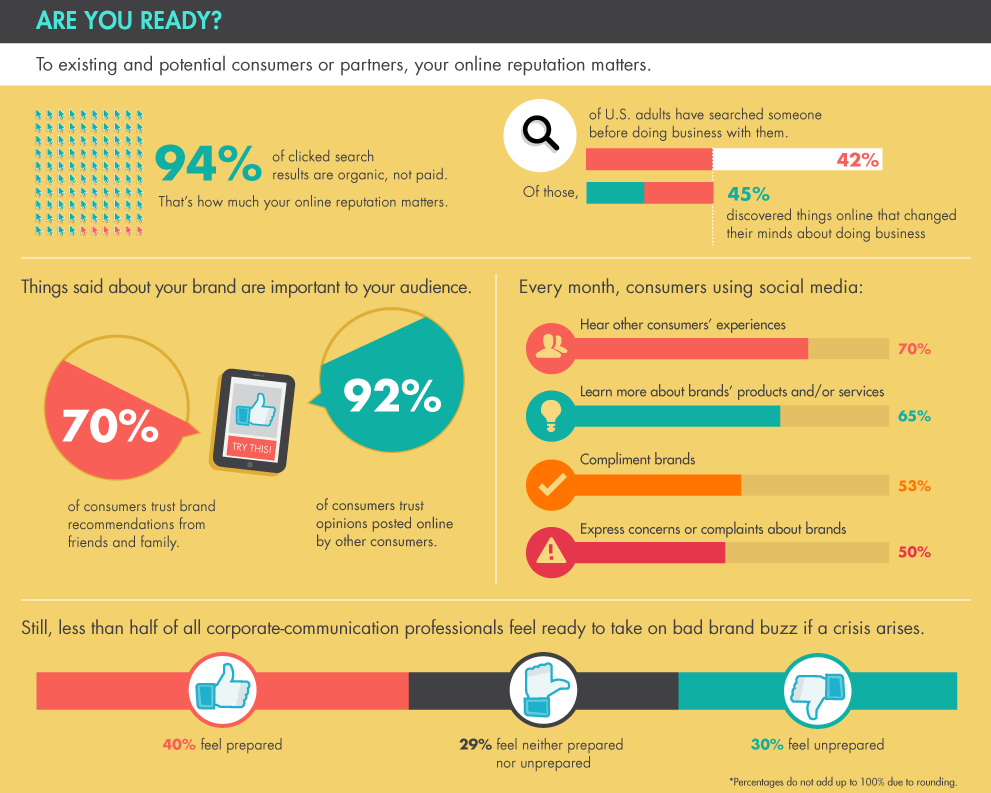By adaptive - July 23rd, 2013
Interact with your customers and stay on brand by using these tips and techniques to reach your audience, no matter where they are on planet Earth.
Want a competitive edge in today’s market? Want your business to be the one that catches the consumer’s attention and keeps them engaged and involved in your brand? It’s not impossible, but it demands a consistent and coherent brand voice that receives regular attention and can translate globally.
Jonathan Marin, Director Sales and Customer Experience for TAFE NSW’s Northern Sydney Institute, says, “The world of social media has evolved to be now more than just a platform for blasting messages – people demand engagement insights and marketing that is on demand. Businesses need to ensure that they develop key messages that keep in line with whatever market segments they have identified, that way they have consistency irrespective of platform.”
Regardless of the market you work with consistency is a vital component of any social media campaign and your brand’s development. The language you use, the tone you adopt, the message you give – these all need to stay within clearly defined parameters regardless of platform or methodology used to transmit your voice. In addition, the brand voice must be flexible enough to adapt to the platform used.
“Since most users engage on social media for leisure and entertainment, it’s important to address these needs,” says Krystal Kovacs, Founder of Sketch Marketing, “Offer insanely useful content and use it to engage and build relationships with your audience, to attract leads, not close a sale. Focus on offering valuable content, not promoting or selling.”

Consistency and clarity are powerful tools in the race to the consumer’s devotion and it is easy enough to see why this is true, however, how do the experts recommend brands take these rules and apply them across geographical boundaries?
Across the pond(s)
Brands today are handed the world on a screen thanks to the complete ubiquity of social media and technology. They have the ability to communicate with people anywhere in real time. That said, consumers come from different cultures and time zones and have differing ideologies and needs, so how does a brand voice stay heard regardless of destination?
“Despite geographical distances, a good business is one that has targeted a specific niche based on customer values, interests, wants and industry, not geography,” says Kovacs, “Therefore, by engaging with customers on the topic of your niche, distance is irrelevant.”
Ludwina Dautovic is an ideal case study. She launched a podcast show called Red Tent Radio in Australia in 2010 and its success led her to produce a series of podcasting masterclasses, publish a book and develop a thriving business. Her show was picked up in the USA along with several other countries and she believes that her success in engaging in geographically dispersed customers’ lies in consistency.
“My main focus of brand delivery is podcasting,” she explains, “It gives me a global voice and people from all over the world listen to my voice and identify with me immediately. It puts me directly into the hands of anyone with a mobile device, laptop or tablet.”
This emphasises the importance of consistency and the value in remaining true to your brand identity regardless of the markets you work with. Dautovic believes that if a brand develops its own flavour, the market that likes it will find you.
Jon Norris, Web Editor for Crunch Accounting adds, “Remember that brand voice is so much more than just your literal tone of voice. It’s the imagery that you use, the frequency and style of updates, how you converse with your followers. It encompasses everything really.”
That said, of course, there are the cultural issues that geography brings to the social table and they cannot be ignored in favour of staying exclusively true to your brand.
“Consider where the majority of your customers live and learn the customs and cultural etiquette of their country,” says Kovacs, “Certain word choices, images and even colours have different meanings, therefore it is important to be culturally sensitive at all times.”
When you build social media campaigns that run across a geographically dispersed area there are risks, but there are also many advantages. Consumers can begin to feel as if they are part of something bigger than themselves, part of a community that extends beyond their front door and their daily visits to their favourite social media sites. And this sense of community is something that brands can use to build their voice and visibility no matter what continent or time zone their consumers happen to be on.
Strategy, strategy, strategy
Another factor to consider is that of coherence. How can brands keep their messaging coherent when dealing with customers across the globe? Jonathan Marin explains, “Strategy and on-going evaluation are so important. Your social media strategy must help keep social media elements aligned to brand cores such as values, characteristics and value propositions.”
Marin believes that this has been key to success for the Northern Sydney Institute as they take the time to conduct a post-implementation analysis on how each activity went using as many metrics as they have at their disposal.
“The brand voice can still stay the same and you can still have a different social media feel based on local cultures and traditions, especially if you are a global brand,” says Marin.
Norris adds that brands should ask their customers for feedback and find out how useful they find your brand’s social accounts. This feedback can be used to drive future campaigns and offer valuable insights into how different countries are viewing the same campaigns or your brand identity.
Eugenie Pepper, co-owner of Plum is in the process of taking her brand international and has spent a substantial amount of time looking for a strategy that will allow the businesses to engage geographically dispersed customers. Her brand has adopted a strategy of working with overseas agents and doing cross-promotions that build the profiles of all those involved.
“We have had to understand the differences in other cultures and be aware that there is a common thread that will resonate amongst our followers and this is what we are working with,” explains Pepper, “We have kept a consistent tone and message to avoid confusing our customers across the world and being able to communicate with them. We want uniformity with our brand.”
Plum has seen growth across world markets showing that this strategy is one that has worked well for them. Ultimately there is no yellow brick road that leads to the ultimate solution, but by staying true to your brand identity and using a consistent voice you are already well on your way to building an international presence for your business.
Part 2 of this series will look at how to co-ordinate inter-departmental communications to ensure one consistent brand voice across marketing campaigns.
Next Reads
December 2013, London
Become a social business: For superior marketing response, sharper corporate decision-making, enhanced innovation and a happier, more loyal customer
Brochure Programme

